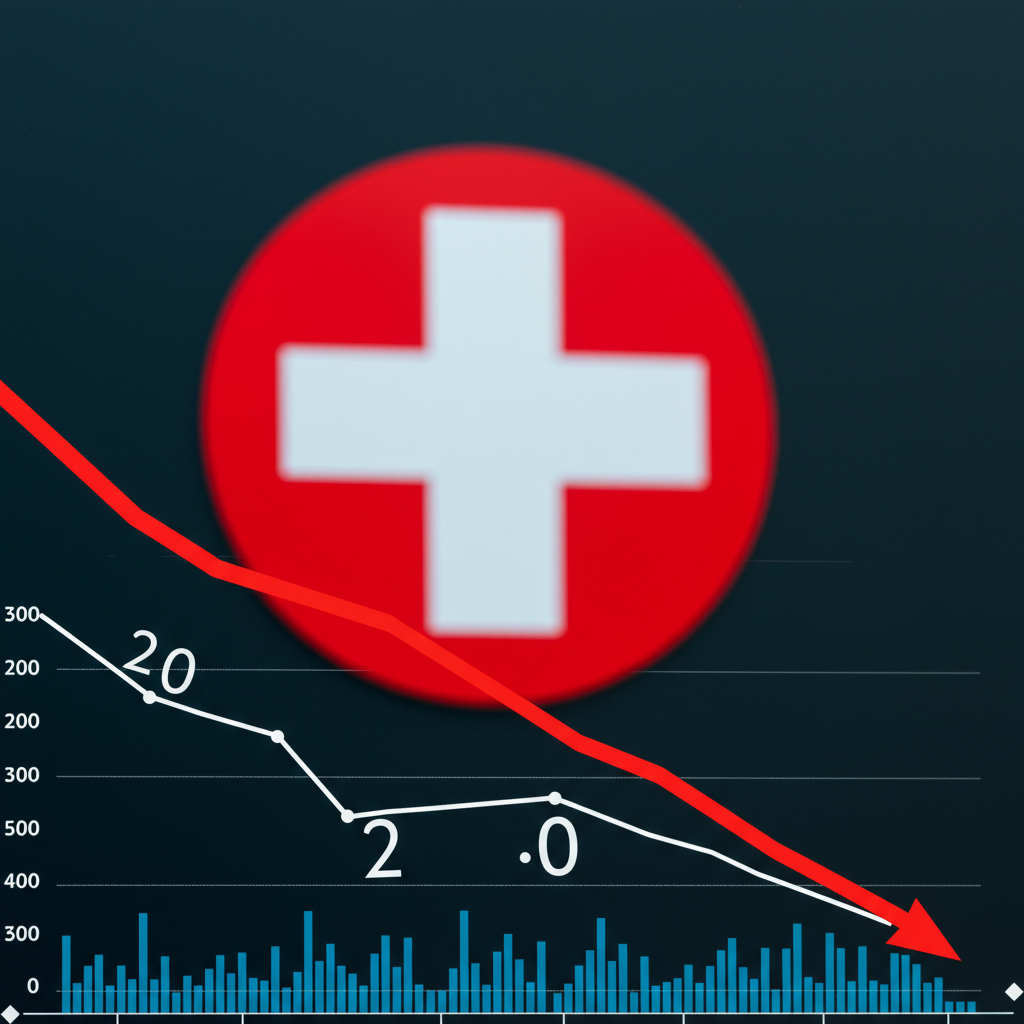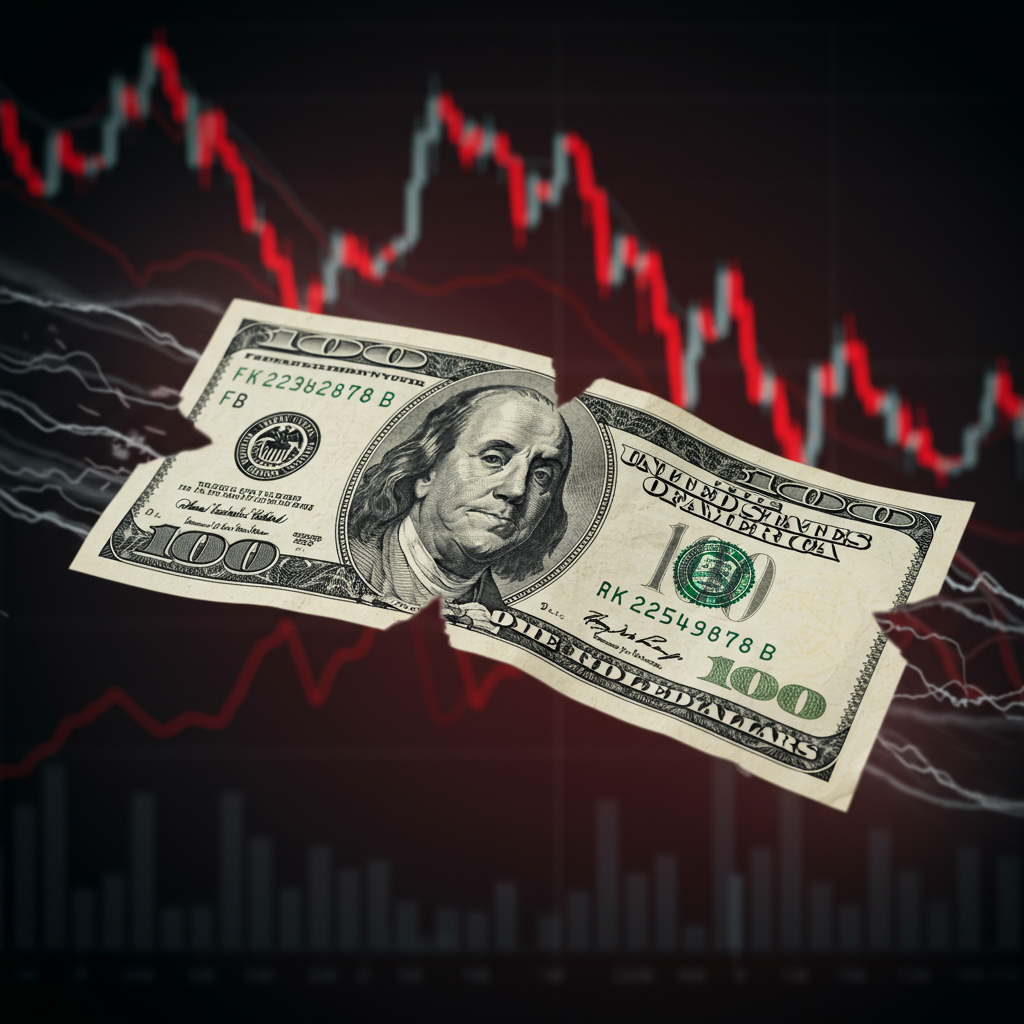Switzerland Returns to Zero Interest Rates
The Swiss National Bank (SNB) announced a significant shift in its monetary policy on Thursday, cutting its key interest rate by 25 basis points to 0%. This move marks Switzerland’s return to a zero interest rate policy (ZIRP) and reignites discussions about the potential for a return to negative rates.
The decision was largely anticipated by financial markets, with traders having priced in a high probability of a quarter-point reduction ahead of the central bank’s announcement. This latest cut is the sixth consecutive reduction implemented by the SNB since it began easing monetary policy in March 2024.
Why the SNB Cut Rates
According to the central bank, the primary driver behind the rate cut is a decrease in inflationary pressure compared to the previous quarter. The SNB stated that easing monetary policy helps counter this lower inflationary environment.
While many nations globally are still grappling with elevated inflation, Switzerland faces a contrasting challenge: falling consumer prices. In May, Switzerland’s consumer price index (CPI) registered an annual decline of 0.1%, indicating deflationary conditions.
SNB Chairman Martin Schlegel emphasized that the central bank’s focus remains on the medium-term inflation outlook, rather than short-term negative price prints. The SNB has revised its inflation expectations downwards, now forecasting average inflation of just 0.2% for 2025 and 0.5% for 2026.
The Dominant Role of the Swiss Franc
Low levels of inflation and even periods of deflation are not uncommon for Switzerland, a trend significantly influenced by the strength of its currency, the Swiss franc (CHF). As a traditional safe-haven currency, the franc tends to appreciate during periods of global economic uncertainty and market stress.
Experts note that this currency strength systematically lowers the price of imported goods. Given that Switzerland is a small, open economy with imports accounting for a substantial portion of its CPI, a strong franc directly suppresses overall price levels. Amidst high global uncertainty, the franc has continuously strengthened in recent months and is expected to remain robust.
Sources suggest that the SNB’s decision to keep interest rates “systematically lower than elsewhere” is a direct measure aimed at countering the franc’s appreciation and its associated deflationary impact.
Contrasting with Global Trends
Switzerland’s return to zero rates stands in contrast to the monetary policy stance of other major central banks, such as the U.S. Federal Reserve. The Fed recently opted to hold its interest rates steady, reflecting ongoing concerns about inflation and broader economic uncertainty, partly linked to trade policies like tariffs. This highlights the unique economic pressures Switzerland is facing, particularly its battle against deflation rather than inflation.
Prospects for Negative Rates
With rates now at zero, attention is turning to whether the SNB might venture back into negative interest rate territory, a policy it last implemented in the 2010s. Some economists anticipate further cuts, potentially taking the policy rate to -0.25% or even as low as -0.75% if inflationary pressures fail to pick up.
However, SNB Chairman Schlegel indicated that while the central bank cannot forecast the exact path of rates, a decision to go negative again “would not be taken lightly.” He acknowledged that negative rates come with challenges and side effects, suggesting a higher hurdle for such a move compared to further cuts within positive territory.
Risks and Side Effects
Implementing negative rates, or even maintaining zero rates for prolonged periods, carries risks. Savers could see any return on their deposits wiped out, and banks might face compressed margins on their loans. Experts also warn that persistently low or negative rates could potentially distort financial markets and raise concerns about long-term financial stability.
The SNB maintains it will continue to monitor the situation closely and adjust monetary policy as needed to ensure price stability over the medium term, citing “developments abroad” as the main risk factor influencing Switzerland’s uncertain economic outlook. Some observers suggest that Switzerland’s move could potentially foreshadow similar policy shifts by other central banks in advanced economies grappling with disinflationary forces and currency pressures stemming from global trade dynamics.



